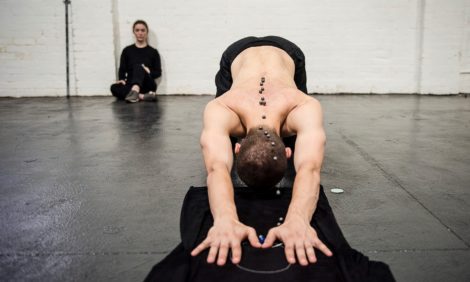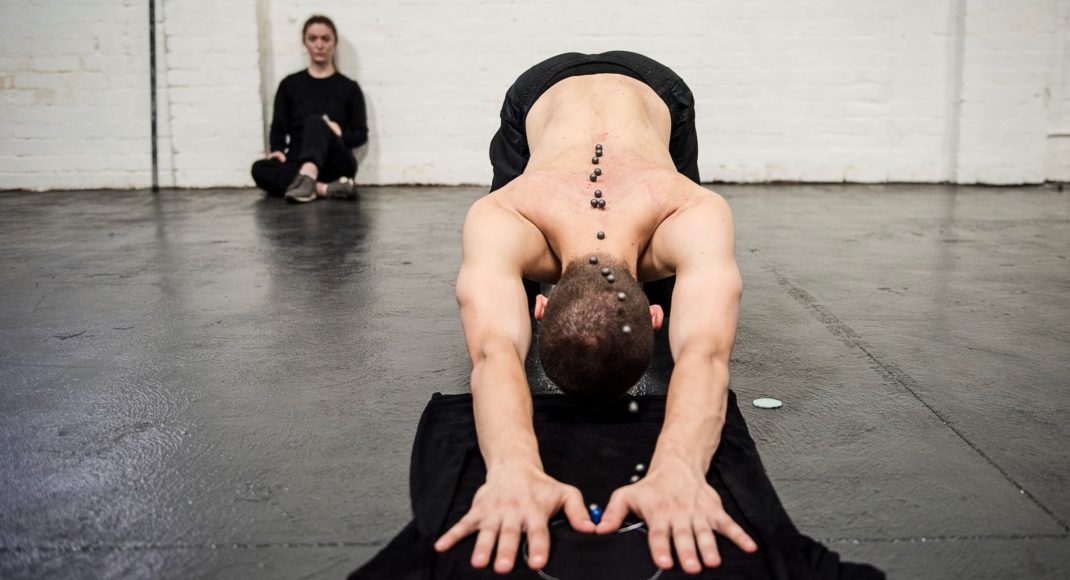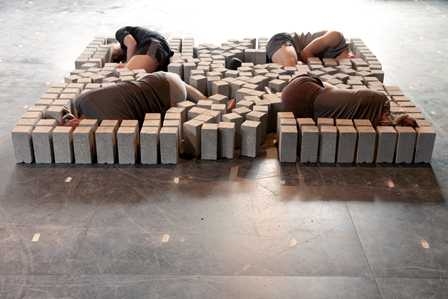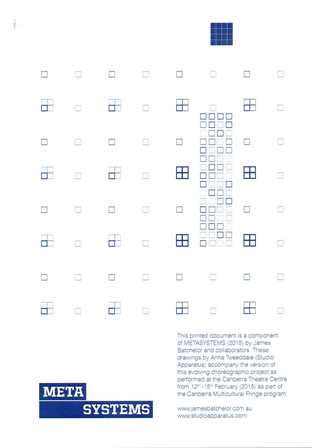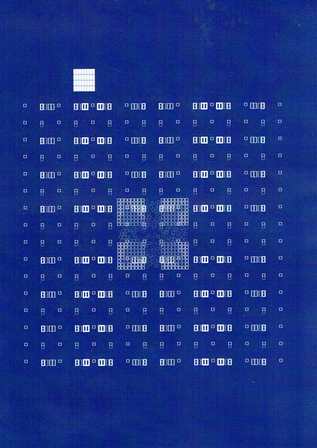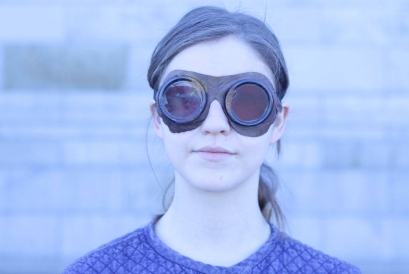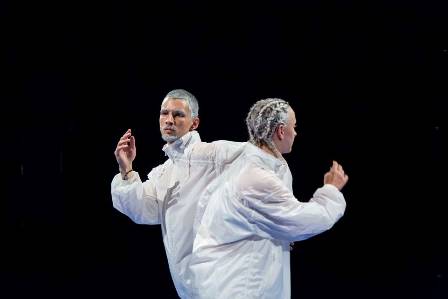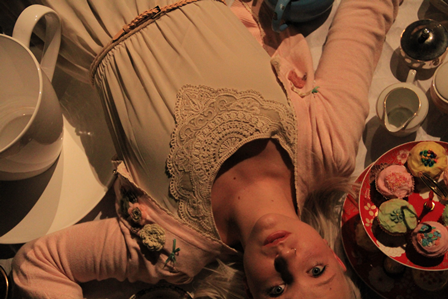23 December 2017. The Playhouse, Canberra Theatre Centre
How to write about Deepspace, the work James Batchelor has created as a result of time spent aboard the RV Investigator in the Southern Ocean? To begin with, we were not seated in an auditorium but, in Canberra anyway, we found ourselves being ushered onstage to wander the space and surround the action. Batchelor has used this technique before in Island when, just as an aside, I think it worked better, perhaps because of the smaller audience and the more intimate space of the Courtyard Studio on that occasion? Deepspace is an extremely introspective work with a lot of very fine detail in the movement. Sometimes it was not easy to see the detailed action with 50 or 60 other people crowding to get a closer look. It was also quite tiring standing onstage for around 60 minutes, to the extent that some members of the audience left the stage and sat in the auditorium, while others took to sitting cross-legged on the stage. Neither ideal for seeing the action.
Nevertheless, as we have come to expect from Batchelor, who worked on this occasion with one of his long-term collaborators, Amber McCartney, there was much to ponder upon. The opening section reminded me of Merce Cunningham and his notion of ‘body time’. Morgan Hickinbotham’s soundscape seemed not related specifically to the movement, although I enjoyed the ‘distant’ and somewhat surreal quality it had. But Batchelor and McCartney moved together in the opening section with the kind of unison I have always seen from Cunningham artists who understand so well the concept of body time.
Other sections reminded me of the practice of artists like the American-Japanese pair Eiko and Koma, who always declined to say that their work was Butoh (out of respect) but who moved with an intensity, an emphasis on tiny details and a slowness that was Butoh-like. Butoh-inspired movement came to mind at various times throughout Deepspace but especially in the closing section when McCartney placed a series of small stones on Batchelor’s back and he proceeded to change position and allow the stones to move along his back, and eventually on to the floor. It was certainly mesmerising, but of course one couldn’t help wondering if they would fall off at the wrong time. (They didn’t).
Another section with the same feel came midway through the work when Batchelor, on all fours, moved slowly upstage with McCartney balanced on his back. On reaching the wall at the end of the stage space they both proceeded (very slowly indeed) to stand up, with McCartney eventually reaching Batchelor’s shoulders. In this stacked up position they moved sideways along the wall with McCartney feeling her way with spider-like hands. As well as the Butoh aspect of it all, the notion of balance and support was paramount.
Other sections were somewhat obscure I thought, although I suspect they related to things that may have happened, or discoveries that may have been made on board the Investigator. I rather enjoyed a fast ballroom/waltz-like episode with Batchelor and McCartney moving quite speedily in a circular pattern. But were they skating? On thin ice perhaps? I think that the emphasis that has been placed on the fact that this work grew out of Batchelor’s trip to the Antarctic has led us to ponder too much on how the dance and the expedition relate. What I have enjoyed about Batchelor’s earlier works is that we have been left to ponder meaning without such an obvious lead-in. But then perhaps I was just irritated by the discomfort of having to stand up and often peer through groups of people to see properly.
Michelle Potter, 24 December 2017
Featured image: James Batchelor in a Melbourne showing of Deepspace. Photo: © Gregory Lorenzutti
